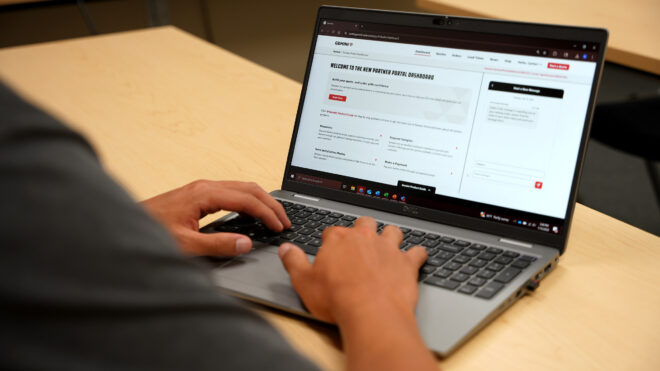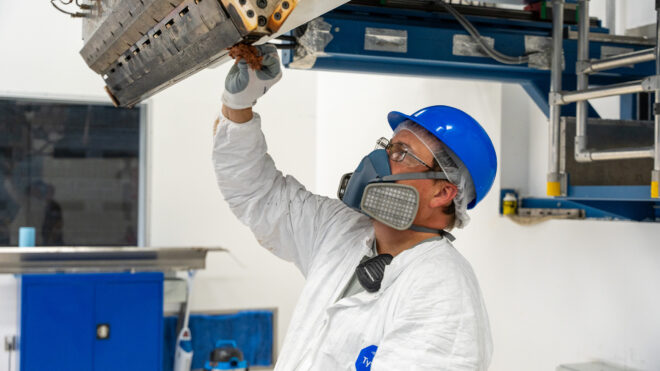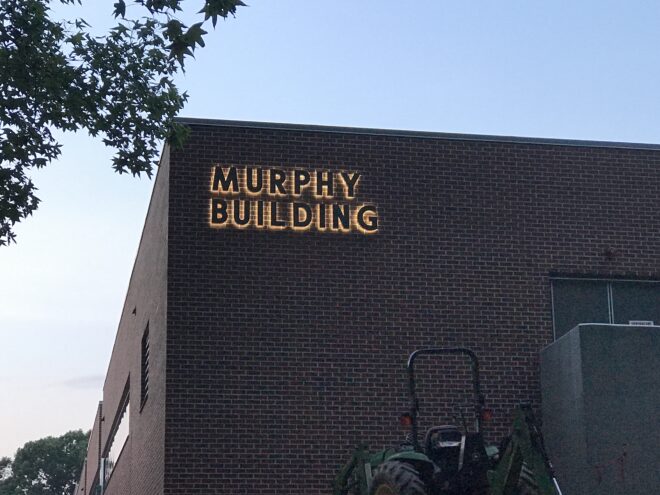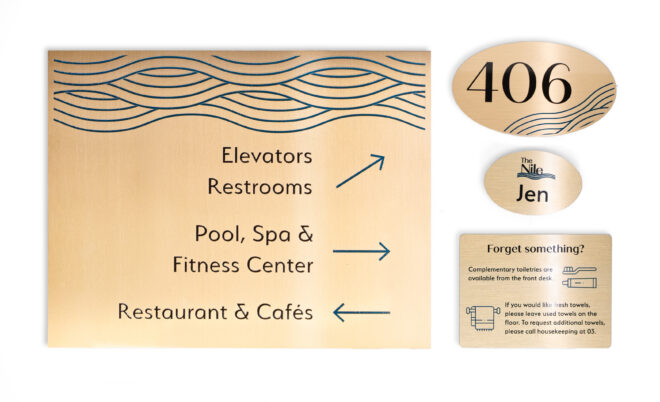Interior Sign Installation: Tips for Sign Professionals
Interior sign installation plays a critical role in enhancing a space’s aesthetics and functionality. Whether you're working on a large-scale commercial project or a smaller interior signage installation, the right approach ensures longevity and visual impact. In this blog, we delve into essential sign installation tips for interiors and best practices to help you tackle common challenges with confidence.
Interior sign installation is more than just mounting a sign—it’s about seamlessly integrating branding and design with the built environment. A well-installed sign enhances visibility, complements the space, and ensures long-term durability. Proper planning, precise execution, and the right tools make all the difference in achieving a professional, polished outcome.
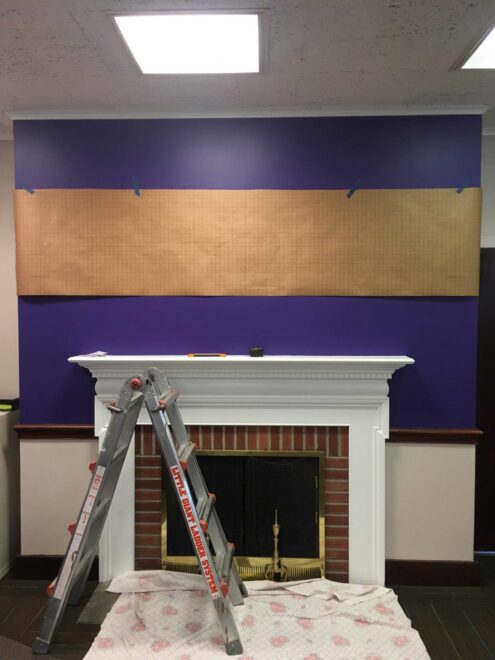
Planning and Preparation
Before starting any installation, a thorough site assessment is essential. Evaluating the environment where the sign will be installed helps prevent unforeseen challenges and ensures a smooth process. Read more on installation best practices from a Gemini expert.
- Assess the Physical Space: Consider lighting, mounting surfaces, and structural integrity to determine the best installation method.
- Understand Client Requirements and Layout: If you’re installing a sign you didn’t fabricate, ask questions about the weight of the sign, building schematics, and any existing signage. Understanding these details prevents complications during installation.
- Blueprints and Layout Considerations: Review blueprints and double-check placement measurements to ensure a visually balanced and secure installation.
Proper preparation is the foundation of a successful installation, minimizing errors and potential rework.
Essential Tools and Equipment
Having the right tools is critical for smooth and efficient installation. A well-equipped toolkit ensures precision, safety, and professional results.
- Mounting Hardware: Invest in quality fasteners, anchors, and adhesives suited for various surfaces.
- Measurement and Alignment Tools: Laser levels, stud finders, and measuring tapes help ensure proper alignment.
- Installation Patterns: Using installation patterns can help with accurate placement and spacing.
- Drilling Equipment: Select the appropriate drill bits, especially when working with challenging materials like tile or concrete.
- Protective Gear: Safety glasses, gloves, and hard hats provide essential protection during installation.
With the right tools, sign installers can avoid unnecessary delays and ensure secure, long-lasting results.
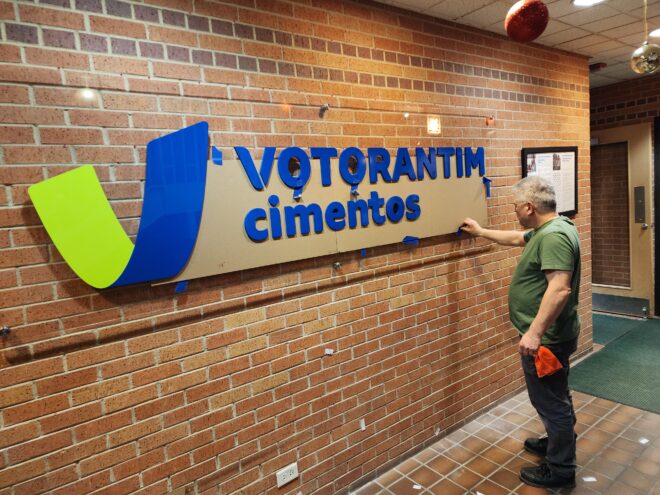
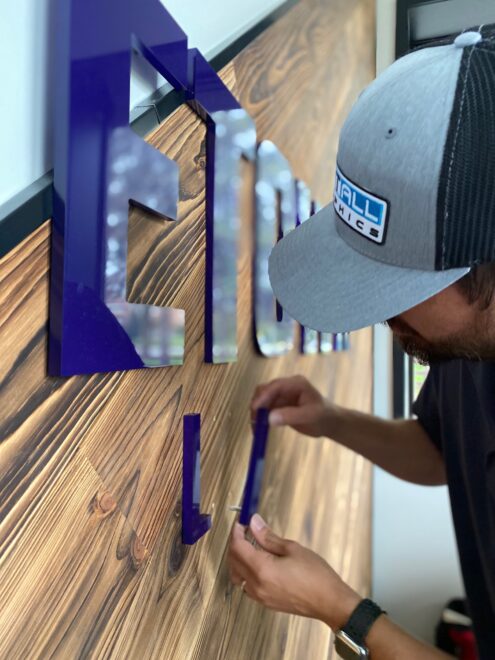
Best Practices for Interior Sign Installation
Every installation is unique, requiring an adaptable approach. While no two projects are identical, these best practices can help you achieve a professional outcome:
- Prepare the Surface: Clean the mounting area to remove dust, debris, or oils that could affect adhesion.
- Measure Twice, Install Once: Precision is key—double-check your measurements and use a laser level for accuracy.
- Select the Right Mounting Method: Consider the surface type and choose the most secure installation technique, whether it’s mechanical fasteners, adhesives, or stand-offs.
- Ensure Structural Integrity: If installing heavier signage, verify that the mounting surface can support the weight.
- Account for Accessibility: Be prepared for obstacles like narrow doorways, stairwells, or furniture that may affect installation logistics.
Thorough planning and careful execution lead to a secure and visually appealing installation.
Common Challenges and Troubleshooting
Even with proper planning, challenges can arise. Here’s how to handle some of the most common interior sign installation issues:
- Working with Uneven Surfaces: If the wall isn’t perfectly flat, use shims or adjustable mounting hardware to ensure the sign remains level.
- Using the Right Tools for the Job: Some materials, like tile or brick, require specialized drill bits or anchors. Being prepared with the correct tools prevents delays and potential damage.
- Overcoming Site Accessibility Issues: Plan ahead for logistical challenges, such as narrow doorways that won’t accommodate large ladders or stairwells that require extra effort to transport materials. Consider alternative tools, such as compact ladders or scaffolding.
By anticipating these potential challenges, installers can adapt quickly and maintain efficiency on the job.
Post-Installation Considerations
The job isn’t done once the sign is mounted—finishing touches matter. Installers should maintain professionalism and ensure they leave the space as clean and unobtrusive as possible.
- Clean Up the Work Area: Remove debris, dust, and packaging materials to restore the space to its original condition.
- Respect the Client’s Environment: Be mindful of noise levels, workspace disruptions, and client schedules during installation.
- Ask for Feedback: While you might not handle ongoing maintenance, checking in with the client post-installation can help refine future processes and build strong professional relationships.
Attention to these final details reflects professionalism and contributes to a positive client experience.

Elevate Your Installation Expertise
Mastering interior sign installation requires a combination of preparation, the right tools, and adaptability. By following best practices and planning ahead, you can tackle installations more efficiently and with greater confidence.
While Gemini does not provide installation services, we are committed to providing signage solutions that integrate seamlessly into your projects. Learn about our installation patterns or share your experiences and additional installation tips in the comments below. Stay tuned for more industry insights from Gemini—where craftsmanship and innovation drive signage excellence.
